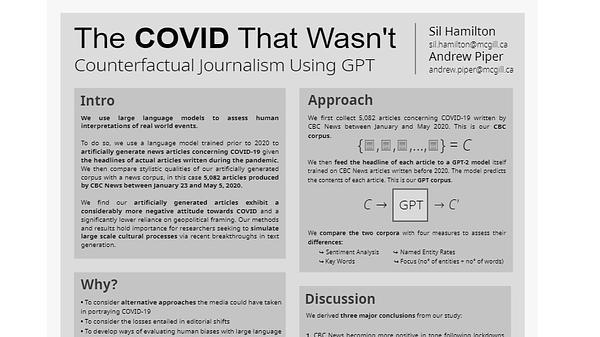Would you like to see your presentation here, made available to a global audience of researchers?
Add your own presentation or have us affordably record your next conference.
Objective This research aimed to perform a comparison of basic bibliometrics of leading Chinese open access (OA) journals from the Excellence Action Plan for Chinese Science, Technology, and Medicine Journals. All journals used English as the publication language.
Design This was a cross-sectional investigation reported following the STROBE checklist for conference abstracts. Journal data were extracted from the Web of Science (WoS) and Directory of Open Access Journals databases. All searches were performed in November 2021, and the Journal Citation Reports 2020 impact factor release was considered the latest available data set that allowed for retrieval of relative data. The top 2 international OA journals in the first quartile of the journal impact factor rank based on WoS categories for each leading Chinese OA journal were chosen as control journals. Bibliometric indicators, such as the volume of published documents, citations, and Eigenfactor score (based on items published between 2018 and 2020), were compared between leading Chinese OA journals and control journals with nonparametric tests.
Results A total of 14 of 22 (63.64%) leading Chinese journals were OA journals. For 2 OA journals, there was no corresponding international OA journal; for another 2 OA journals, there was only 1 corresponding OA journal. Therefore, there were 22 control journals. The median (IQR) number of published documents (articles and reviews) per leading Chinese OA journal was less than that of the control journals (302 243-352 vs 715 390-2010; P = .004); the median (IQR) citations per document (13 9-26 vs 14 9-25; P = .99) and percentage of cited documents (94.81% 93.63%- 98.24% vs 96.96% 92.64%-98.14%; P = .76) were not statistically different. The median (IQR) normalized citation impact of the 2 groups was not significantly different (2.008 1.221-2.933 vs 2.003 1.353-3.093; P = .97), but the median (IQR) Eigenfactor score, which took into account both the number of citations and the academic influence of citing journals, of leading Chinese OA journals was lower than that of control journals (0.005 0.003-0.007 vs 0.013 0.005- 0.052; P = .02]. There were fewer top 1% documents in leading Chinese OA journals (median IQR, 10 5-19 vs 34 11-65; P = .02); however, the percentage of top 1% documents was not statistically different (median IQR, 4.54% 1.18%-5.82% vs 3.84% 1.86%-6.86%; P = .94). The average citations per top 1% document of leading Chinese OA journals were more than that of control journals, but the difference was not statistically significant (median IQR, 103 52-134 vs 72 58-105; P = .26).
Conclusions Compared with top international OA journals, Chinese leading OA journals published fewer articles with similar average citations, but they were less cited by highly cited journals.
Conflict of Interest Disclosures None reported.


